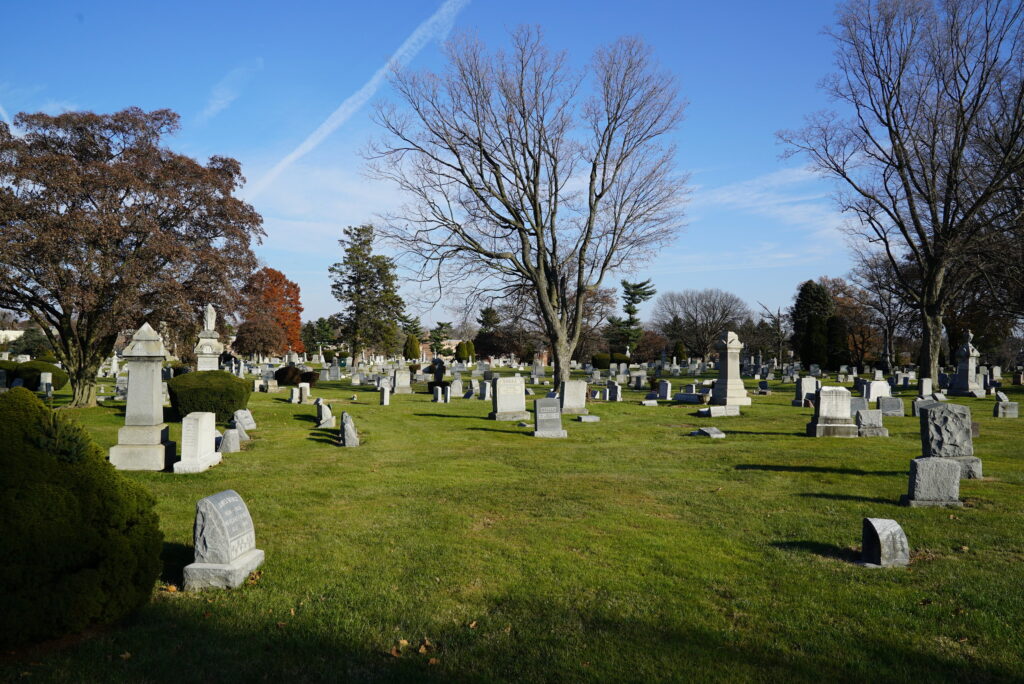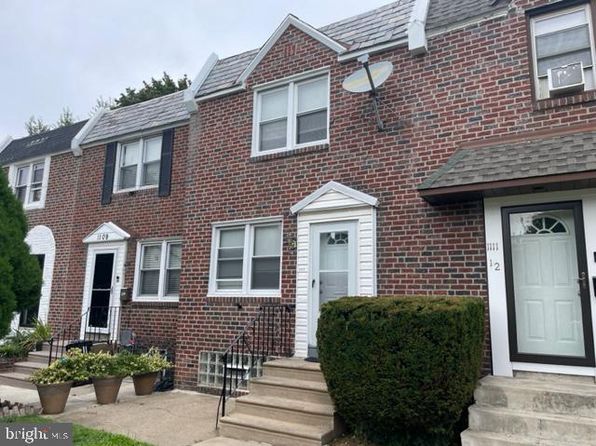Northwood: A Historical Glimpse Into a Philadelphia Neighborhood
Northwood is a unique and vibrant neighborhood in Philadelphia with a rich and diverse history. Its story is woven from the threads of Native American culture, European settlement, industrialization, and community evolution.
Native American Roots
Before colonization, the Taconick Indians of the Lenni Lenape tribe inhabited the area that would later become Northwood. They established a settlement along the Quessionwonmick River, now known as the Frankford Creek. The stone implement they used for grinding corn can still be seen in the creek as it flows through the grounds of the Friends Hospital.
European Settlement
The first Europeans to arrive in Northwood were the Swedes and Dutch, who began as trappers but soon established farms and a grist mill along the Frankford Creek by the 1660s. The region’s location along the creek made it ideal for settlement, as the waterways facilitated easy transportation.
English Colonization and Development
In the late 17th century, the area was sold to the Society of Free Traders by William Penn. The land purchase, known as the Manor of Frank, marked the beginning of Northwood’s English colonization. The principal purchasers of land in the Manor of Frank included Thomas Fairman, Henry Waddy, Robert Adam, and Thomas Seary.
Industrialization and Growth
The 18th century marked the arrival of industrialization in Northwood. The King’s Highway was laid out in 1683, with orders for additional roads to be built in subsequent years. By 1756, there was daily coach service running between Philadelphia and New York.
The industrial revolution brought a surge of growth to Northwood. Numerous textile mills were established along the Frankford Creek, including a woolen mill built by Samuel Martin in 1809, and the Tackawanna Print and Dye Works established by Jeremy Horrocks in 1821.
The Birth of a Community
Northwood’s growth catalyzed the formation of a tight-knit community. The Friends Meeting House, built on land donated by Thomas Fairman, served as a central gathering place for the residents. The first meeting was held at the home of Sarah Seary, and a log meeting house was built for subsequent gatherings.
Education and Infrastructure
Education and infrastructure development played a crucial role in Northwood’s evolution. The Henry R. Edmunds School, listed on the National Register of Historic Places, was established, providing quality education to the children of the community. The Friends Hospital, also listed on the National Register of Historic Places, was founded by Quakers in 1813 for the care and comfort of the mentally ill.

A Thriving Commercial Hub
Northwood’s location along a major road and the presence of several mills made it a flourishing commercial hub. The area boasted a diverse array of businesses and stores, providing residents with a variety of goods and services.
Community Bonds and Recreation
Despite the rapid industrialization, Northwood retained a strong sense of community. Residents enjoyed a variety of recreational activities, from watching semi-pro baseball games to attending local dances. The establishment of the Frankford Country Club, with its nine-hole golf course and cricket field, further enhanced the community’s recreational offerings.
20th Century and Beyond
The 20th century brought significant changes to Northwood. The construction of the Frankford Elevated Railway in 1905, completed in 1922, linked Northwood more closely with the rest of Philadelphia. The last building boom in Northwood took place in the 1920s and 1930s, with the construction of quaint mission cottages and Tudor revival twins in the Northwood section.
Modern Day Northwood
Today, Northwood is a vibrant community that retains its rich history while adapting to the needs of a modern urban neighborhood. It is a testament to the enduring spirit of its residents and their commitment to preserving its unique character and heritage.
Northwood is a neighborhood that exemplifies the rich tapestry of American history. From its Native American roots to its industrialization and modern transformation, it offers a unique glimpse into the past while looking towards the future.
